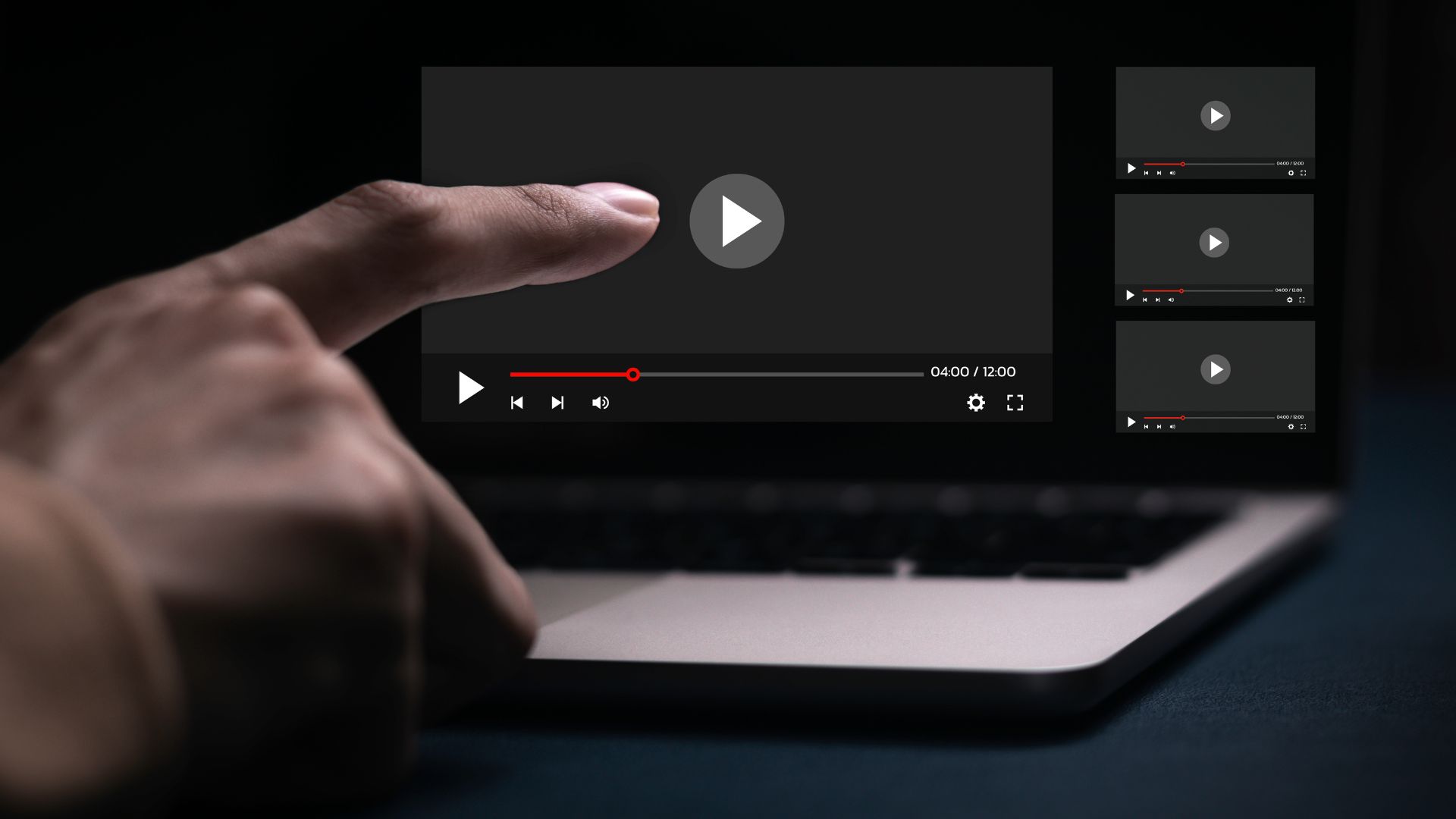
Comparing Streaming Protocols: HLS vs. DASH vs. RTMP
Streaming protocols dictate how content is delivered to users, impacting quality and latency. Three major protocols dominate the industry: HLS, DASH, and RTMP. Understanding their differences will help you choose the best one for your needs.

1. HLS (HTTP Live Streaming)
Developed by Apple, HLS is widely used for adaptive bitrate streaming. It breaks video into small segments, allowing seamless playback on various devices. While HLS supports 4K and HDR, its higher latency (typically 6-30 seconds) makes it less ideal for real-time interactions.
2. DASH (Dynamic Adaptive Streaming over HTTP)
DASH is an open-source alternative to HLS and functions similarly, supporting adaptive streaming for high-quality playback across devices. Unlike HLS, DASH isn’t limited to Apple devices, making it a versatile option. However, its compatibility with certain browsers and DRM systems can be inconsistent.

3. RTMP (Real-Time Messaging Protocol)
RTMP was once the standard for live streaming but has been largely replaced by HLS and DASH. It offers low latency (~5 seconds), making it excellent for live broadcasts. However, RTMP is outdated for modern web streaming since it requires Flash Player, which is no longer supported by most browsers.
Which One Should You Choose?
- For live streaming: Use RTMP for input but convert it to HLS or DASH for delivery.
- For general streaming: HLS is the most reliable and widely compatible option.
- For maximum flexibility: DASH works well across different devices but requires careful compatibility testing.

Choosing the right protocol depends on your audience, platform, and latency requirements.
Newsletter
Every week, we send out latest useful news. Subscribe and get the free newsletter in your inbox.

